Launched last month in Chile, the successor to the Fiat Siena model – called Grand Siena – is now based on a new modular platform.
Developed by a partnership between Fiat’s Style Centers in Italy and Betim, the Grand Siena was completely redesigned: it features increased dimensions, with a luggage compartment of 520 liters, and its own style, independent from the Palio’s identity.
The Fiat Grand Siena will be launched with the Fire 1.4 Evo and E-torQ 1.6 16V Flex engines. The 1.4 liter unit will be available in the the Tetrafuel version, which runs with ethanol, gasoline, any combination of both, or E-0 (no ethanol) gasoline and with natural gas (NVG).
Below we report the official design story along with exclusive sketches and images from the design process.
From the official Press Release:
Exterior Design
For the Fiat Grand Siena project, the designers from Fiat’s Style Center in Italy and Brazil focused on the concepts of modernity, sophistication and sportiveness.
The result is a sedan with dynamic appearance, great refinement and boldness, but especially beautiful and harmonious to the eyes.
Based on the new modular platform the Grand Siena was conceived as a sedan from the start. Compared to the previous Siena model, it is 134 mm longer, 61 mm wider, 53 mm higher, while the wheelbase is 137 mm longer.
The bigger dimensions of the Grand Siena are also reflected in the luggage compartment, which now has a capacity of 520 liters.

The thin central grid, with the Fiat logo fitted to a chrome-plated frieze on the upper part, along with the elongated headlights that get narrower towards the windshield, convey a feeling of movement.
These components are joined by the robust bumper, with highlight to the lower grid clearly inspired by sports, with ends embedding the fog lights. All elements connect and flow with each other.
An example of this is provided by the double-parabola headlights: they extend to the sides with their lower contours and fit the plane to which the bumper and the fender run under the waistline, resulting in an harmonious transaction between the vehicle’s front and side.
The side surfaces are well defined, almost angular. The high waistline conveys sportiveness and energy, but all elements are worked with elegance, in fine, precise traces. This impression is reinforced by the lateral groove that starts above the front fender and ends on the rear lights.
The bold design headlight design, with its geometric shapes, stand out. They invade the luggage compartment door, which was lowered to accommodate them, and extend to the vehicle’s side. Inside the headlights there are filters for the brake and position lights, which create an effect of light guides when turned on and look very nice.
The solid volume of the luggage compartment and the bumper with upward curved ends – it creates a niche that marks the door with a narrow, elegant chrome-plated frieze – contrasts with a simulate spoiler coupled to the rear door’s external edge: robustness and aerodynamics together, with plenty of elegance. To sum up: beauty and desire in an unique sedan.
Interior Design

Among the distinctive details are the rings around the instrument panel, the friezes around the central frame, the air outlets and the design of the steering wheel.
The decorative band Insert Molding, which divides the instrument panel horizontally is the main customization element in the vehicle interior, and is offered in several finishing proposals.
The instrument panel, with white backlight offers excellent contrast, facilitating the quick instrument viewing.
The indicators are lighted throughout their length. The instrument panel lighting goes on and turns off gradually, following the indicators movement.
(Image Courtesy: Fiat)

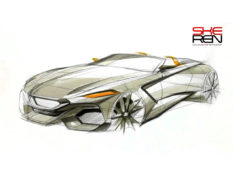
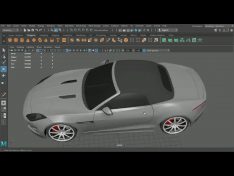
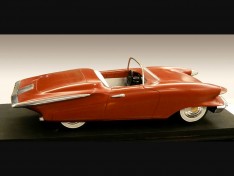
 share on Buffer
share on Buffer
















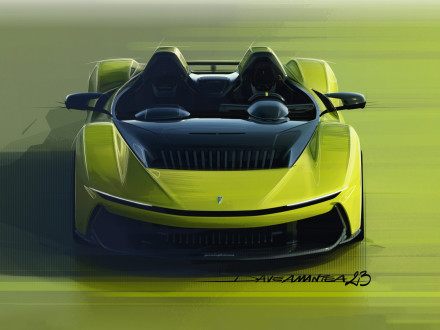
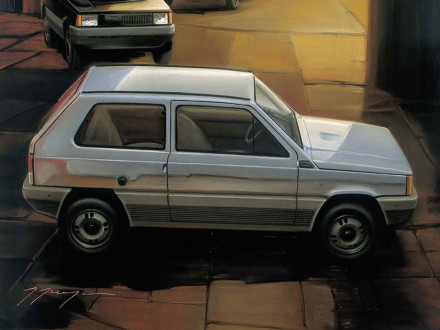






Comments